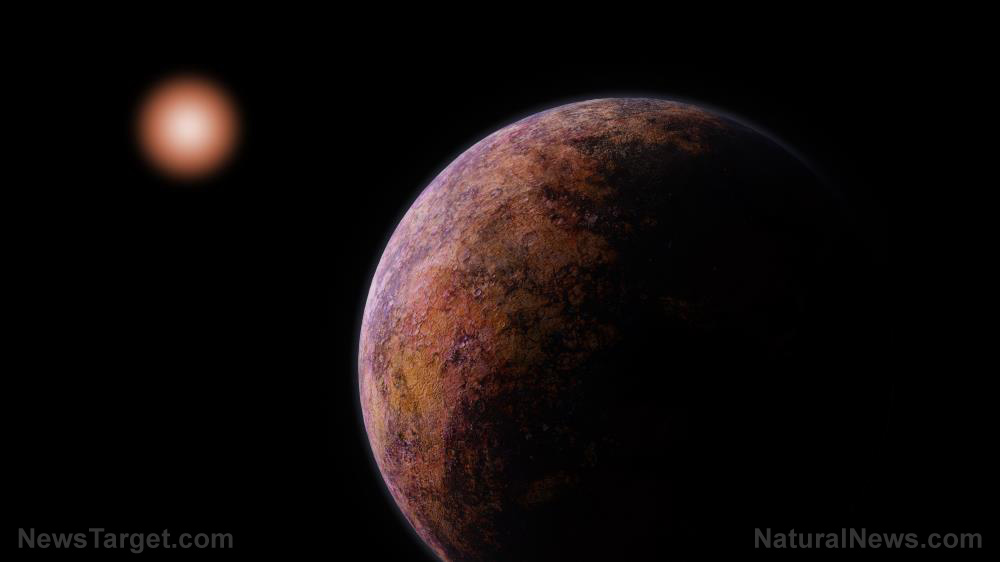
Bacteria are incredibly hardy little critters. They can survive and thrive in the most remote, hostile, and unimaginable environments. And if an international group of researchers is to be believed, bacteria could also be lurking in the salty areas of moons and planets in our Solar System.
Recent discoveries in Mars, Jupiter's moon Europa, and Saturn's moon Enceladus suggest that organic life could exist outside of Earth. However, these lifeforms must be able to survive in harsh environments.
For example, Europa and Enceladus are icy moons. But massive oceans can be found beneath their frozen surfaces. These oceans retain their liquid state because they contain chemicals and salts that reduce the freezing points of the liquids.
Bacteria must be able to survive both the freezing temperatures and the natural antifreeze of these waters. So researchers from the Technical University of Berlin (TU Berlin) called on their counterparts from other institutions to help them identify what microbes need to withstand such rugged environments. (Related: Alien life may exist in Jupiter’s moon Europa and other frozen worlds.)
Can bacteria survive toxic perchlorate found on Mars?
For their experiment, the researchers used Planococcus halocryophilus, a species of bacteria that lives in Arctic regions. They subjected cultured microorganisms to salt solutions based on calcium, magnesium, and sodium.
Furthermore, they applied several perchlorate-based solutions to the bacteria. Perchlorate is considered to be the natural antifreeze that preserves liquid water on Mars during its summer season. Large doses of it are deadly to living organisms.
The researchers sought to determine three things: The effects of perchlorate on the survival rate of the bacteria; the concentration of the chemical that clearly inhibits P. halocryophilus; and the ability of the bacteria to survive the treatment.
Their results showed that the perchlorate chloride solutions were the most toxic to the P. halocryophilus. Furthermore, the bacteria were slightly more successful at surviving the toxic perchlorate at very low temperatures of -22 degrees Fahrenheit.
This vulnerability was attributed to the toxicity of perchlorate, especially when found in the concentration necessary for the lowest freezing point depression. A solution must be made of up to 50 percent perchlorate in order to bring the freezing temperature of the liquid to its lowest possible level.
Hardy microorganisms can survive and even thrive on other planets
Despite the deadliness of perchlorate, bacteria can still survive in the milder solutions. The researchers found that bacteria could survive in 10 percent perchlorate solutions.
Meanwhile, only one percent of the surface soil of Mars is made up of perchlorate. Although there is a difference between the solid matter of the Red Planet and the liquid solutions tested, Arizona State University (ASU) researcher Theresa Fisher pointed out that certain places on Earth have fairly high perchlorate levels and plenty of living bacteria.
Furthermore, colder temperatures tend to help microbes survive hostile environments. The lower the temperature, the slower the reactions that could kill cells. In the experiment, bacteria that died at room temperature experienced much better survival rates as the temperature went down.
Bacteria will also need to withstand severe temperature changes. Depending on the location, the temperature in Mars can change sharply during the day-night cycle and from season to season.
Saltier solutions can help bacteria cope with the shock of these sudden changes. In the experiment, the addition of a mild sodium chloride solution nearly tripled the number of bacteria that survived. The solution also helped them survive almost three times the number of freeze/thawing cycles.
The researchers concluded that seemingly inhospitable areas on extraterrestrial worlds should not be discounted. Salt deposits on worlds as far as Pluto could be harboring alien bacteria.
Visit Cosmic.news for the latest news about the search for alien life.
Sources include:
Please contact us for more information.





















